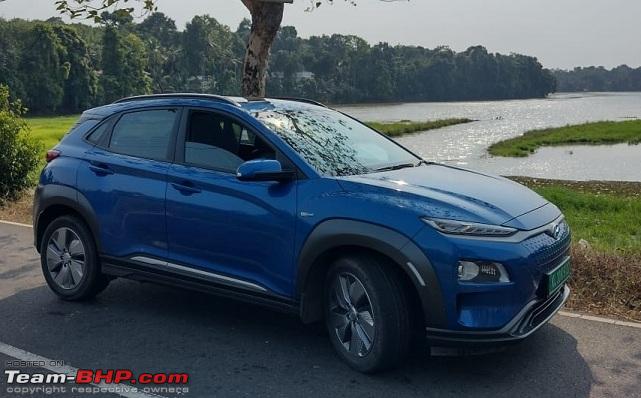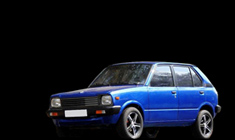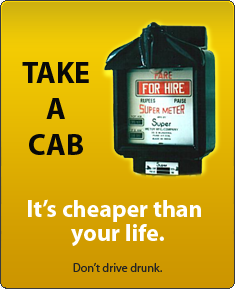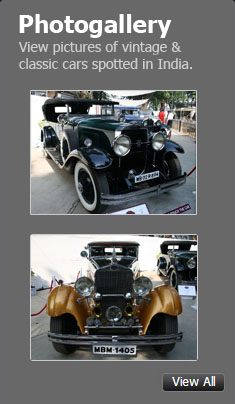News
How I beat my Kona's ARAI range figures without extreme hypermiling
While the EV owners were struggling to breach the ARAI marker, here I was trying any means, to achieve this on a regular basis.
BHPian EV Fan recently shared this with other enthusiasts.
Prelude to the post – Even the ARAI’s 452km estimated range figure, is a simulation of inefficient driving.
452+ - "A possibility", if interested, read on!
Disclaimer - Long post with a bit of technical information thrown around.
Backdrop – ARAI figure
ARAI range estimation, is based on the concept of Indian Driving Cycle (IDC) as given in the annexure’s of CMVR(attached pdf for those who like to drill down to the actual’s).
In short, the tests are of 19 minute duration and distance of only 10 km - trying to simulate some form of Standard Test Conditions (STC), of cities and highways and that too without climate control. The top speed limited to 90 km/h and average speed of 31 km/h, with quite a gradual acceleration and deceleration
Test Steed – The Blue Marble, A Hyundai Kona Electric, 39.2 KWh.

Inspite of all its shortcomings, the “Hyundai Kona” was more or less considered as one of the most mature & efficient EV’s to land on Indian shores. With an ARAI declared range of 452kms, it was one of the first true long range EV’s in 2019, even when Mahindra was fumbling around with 100 km range EV’s (hell, i could do that on a bicycle with far less planning).
Target:
Achieve the ARAI figure atleast on highway runs, without resorting to "extreme measure hypermilling" like switching off AC or the infotainment etc. But with the simple constraints of not risking safety or time for that matter.
While the EV owners were struggling to breach the ARAI marker, here I was trying any means, to achieve this on a regular basis.
And thus, started the saga of gamifying highway runs.
Result:
The realization that ARAI’s simulation parameters itself are quite inefficient, thanks to the included deceleration/braking was an encouraging thought.
452 km figure on single charge - Achieved, almost consistently on all solo highway trips
Next target 500kms - Yet to achieve consistently especially on long distance trips. Fatigue level of navigating “Indian Chaos”, on long runs, is a limiting factor.
Some recent numbers:
Chengannur Bangalore Round Trip – 461kms for 100% charge. Round trip Efficiency of 11.78km/KWh or 84.91Wh/km.
A 1,348 km Bangalore round trip. Except for the heavy traffic at Ernakulam & Bangalore, rest entire trip was on wide open roads, and total time taken was almost 25.5 hours. Being part of an extended trip, had to make a stop over to prevent sleep deprivation.
Solo with 2 cycles(extra wheelset), tools, backpack, tent and sleeping bag. The acceleration/deceleration was quite extensive, just to minimize the bouncing around of all the stuff.
Highway Driving 70%, City Driving 30%

Chengannur Thrissur+Shoranur Round Trip – 508kms for 100% charge. Round trip Efficiency of 12.98km/KWh or 77.03Wh/km.
A 514 km Shoranur round trip. Except for traffic at Thrissur and Ernakulam, rest all was highway followed by a bit of running around in Shoranur. Time taken almost 13 hours.
Could have hyper-miled, but did not want to take a risk. So did a last minute top up of 17% (loo break)and reached home with 16%.
Solo with a trekking backpack, tent and sleeping bag.

Chengannur Ernakulam Round Trip – 524kms for 100% charge(extrapolated). Round trip Efficiency of 13.38km/KWh or 74.75Wh/km.
Actually a 215 km Ernakulam round trip, Almost 5.25 hours thanks to infamous Ernakulam-Alapuzha stretch with it’s peak hour traffic & ongoing road works.
It was the evening peak traffic which was a loss both in terms of time & efficiency – 3 hours and a lowered efficiency of 13KM/KWh (76.93Wh/km)
Highway Driving 90%, City Driving 10%

Chengannur Ponmudi Round Trip – 480kms for 100% charge(extrapolated). Round trip Efficiency of 12.26km/KWh or 81.55Wh/km.
A 274 km round trip to Ponmudi in almost 7.5 hours including the Ponmudi Climb(slow with breaks just to enjoy the moments). There was a 45min charging stop, though unnecessary for this trip, it was again in done in anticipation of the drive next day. The actual drive time would be closer to maybe 6 hours.
Almost completely Highway Driving

Takeaway’s:
Defensive / Anticipatory Driving
The Staunchest of all the "Allies", any driver, looking to extend the range, can ever have.
It just helps to be a perfect hybrid of “The Strategist” and “The Optimizer” of Indian Roads.(Reference: https://www.team-bhp.com/forum/stree...ml#post5726826 (Humour: A guide to traffic in India))
There were no instances of emergency braking and even the use of brake pedal was almost rare or nil. The vehicle was more or less always slowed down by regen or coasting.
Braking is the arch nemesis of efficiency – All tactical measures like predictive slowing down, coasting to stop, regen level 1 braking and rolling stops, can go a long way in increasing the range. But again, at no time does it take any precedence over safety.
The best part is these measures with a defensive style of driving just makes it feel quite safer.
“Rate of acceleration” – A range killer just like its more infamous sibling, “High speed” - considered to be a true-blue-killer of range. The energy lost in the “quick launches off the start line” can sometimes match the energy required to hold a steady high speed.
Contrary to popular belief, city driving is equally punishable on EV just like an ICE. The only saving grace for an EV, over an ICE, being the “Regen” functionality. In most cases, the city traffic was where the efficiency was lost. The irregular flow, more time & effort taken for the same distance, higher AC cooling load – all these factors brings the numbers down.
Tactics not yet utilized but under consideration:
Drafting or Slipstreaming – This is a technique that inspite of its advantages, i am just not able to bring myself to adopt. The proximity to another vehicle just keeps me on an edge. I need a good 1-2 car length distance with the vehicle ahead, even if that means other vehicles trying to overtake & squeeze in front of me(as long as they don't throw me off the road).
Vehicle pre conditioning – In this technique the vehicle pre cools the cabin AC using the charger rather than the HV battery. While i have tried it once or twice and have found it to be quite effective, It technically is just a proxy means of range addition and not actually an efficiency improving method. Since at standstill the cooling system needs more energy, for heat dissipation, than when the vehicle is at speed on the highway.
Reflective half covers while at charging stops – This ongoing test is definitely quite promising and will be tested at the next long distance run. These half covers can just quickly be put up on the car like a blanket before initiating charging. It manages to keep the car at close to ambient temperature, reducing the heat load on the AC, when restarting after the stop. And the absolute relief of not stepping into a burning oven, is the incredible plus, makes it worth it, even if one is not bothered on efficiency.

Terrain based route mapping. The Google map’s routing does help in terms of shortest distance, traffic and road width/highways. But i think it completely overlooks terrain & elevation data. Basically it does not check if the route has a lot ups/downs and curves/bends.
Planning to do some mapping in future for the regular routes with rolling terrain, to see how much improvement this can bring about,
Any further trips & tricks from fellow Team BHPians are most welcome, No matter how quirky, I would be testing them and incorporating them, in my forever quest for efficiency.
On a closing note - How I still wish. Hyundai had released the Kona's facelift which had slightly better efficiency or the 64KWh Kona.
Check out BHPian comments for more insights and information.


















